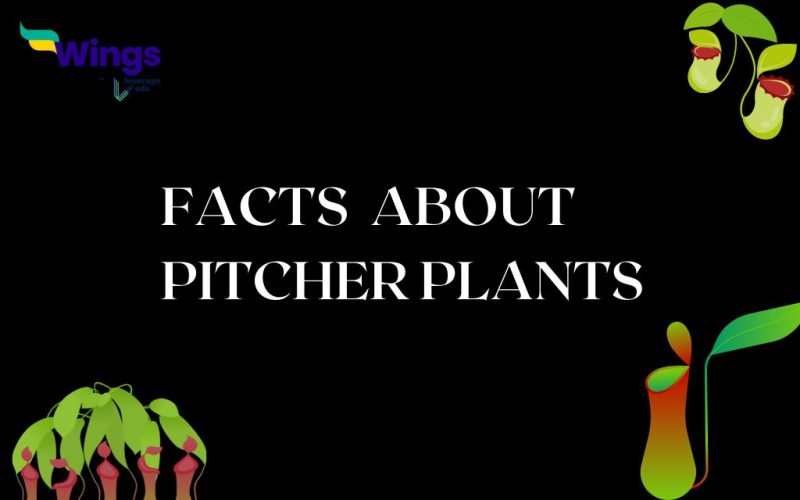Pitcher plants are carnivorous beauties with specialized leaves shaped like pitchers. And we all know the shape of the pitcher. These “pitfall traps” passively capture insects and other prey. There are three main families of pitcher plants: Old World (Nepenthaceae), New World (Sarraceniaceae), and the Western Australian pitcher plant (Cephalotus follicularis). They thrive in nutrient-poor habitats like bogs and swamps, using their carnivorous nature to get essential nutrients like nitrogen and phosphorus. In this article, you will get to know facts about pitcher plants.
Table of Contents [show]
Facts About Pitcher Plant
All the kids and their parents, gather around, here we will uncover some amazing facts about the pitcher plant.
- Pitcher plants lure insects with a combination of sweet nectar, vibrant flowers, and a pool of water inside their pitcher-shaped leaves. Therefore, it is also a carnivore plant that digests its prey and absorbs valuable nutrients from the decomposed remains.
- Some pitcher plants also benefit from decomposing leaves and animal droppings, in addition to trapping insects.
- If you have ever seen a pitcher plant, then you must be aware that they have downward-pointing hairs near the top of the pitcher. These hairs aid in keeping prey trapped.
- The plant secretes enzymes that break down the drowned insects, allowing the pitcher plant to absorb the decomposed nutrients.
- Well! Now that we have mentioned facts about pitcher plants that makes you think they eat all their prey. Interestingly, some small organisms like mites and frogs can actually live inside the pitcher without being harmed by the digestive enzymes.

Also Read- 10 Interesting Facts About Neem Tree
- Pitcher plants come in a wide range of sizes! Some, like the Nepenthes rajah, can grow pitchers large enough to hold a quart of liquid and even small mammals like rats! Others, like the tiny Cephalotus follicularis, have pitchers no bigger than a marble.
- The liquid inside the pitcher can vary depending on the species. Some have water with digestive enzymes, while others have a sugary, fermented liquid that attracts prey and aids in digestion.
- Some pitcher plant species have a symbiotic relationship with mosquito larvae. The larvae live inside the pitcher and feed on the decomposing insects, while the plant benefits from the nutrients released by the mosquito larvae.
- Now we might think that the colour and bucket shape are only to capture prey, but it has more to it. The vibrant colours of the pitcher can not only attract prey but also protect the plant from sunburn in harsh environments.
- Some pitcher plant species have been used in traditional medicine for various ailments. However, more research is needed to confirm their effectiveness and safety.
FAQ
It is said that pitcher plants live more than or at least 50 years.
The pitcher plant has a bright color and has a pleasant sense of smell to attract insects.
Pitcher plants’ need for bright sun and winter dormancy makes them a poor choice for most indoor gardens.
Related Blogs
Now we come to the end of the facts about pitcher plants. If you want to know more about topics like this, then visit our general knowledge page! Alternatively, you can also read our blog on general knowledge for competitive exams!
 One app for all your study abroad needs
One app for all your study abroad needs















 45,000+ students trusted us with their dreams. Take the first step today!
45,000+ students trusted us with their dreams. Take the first step today!
